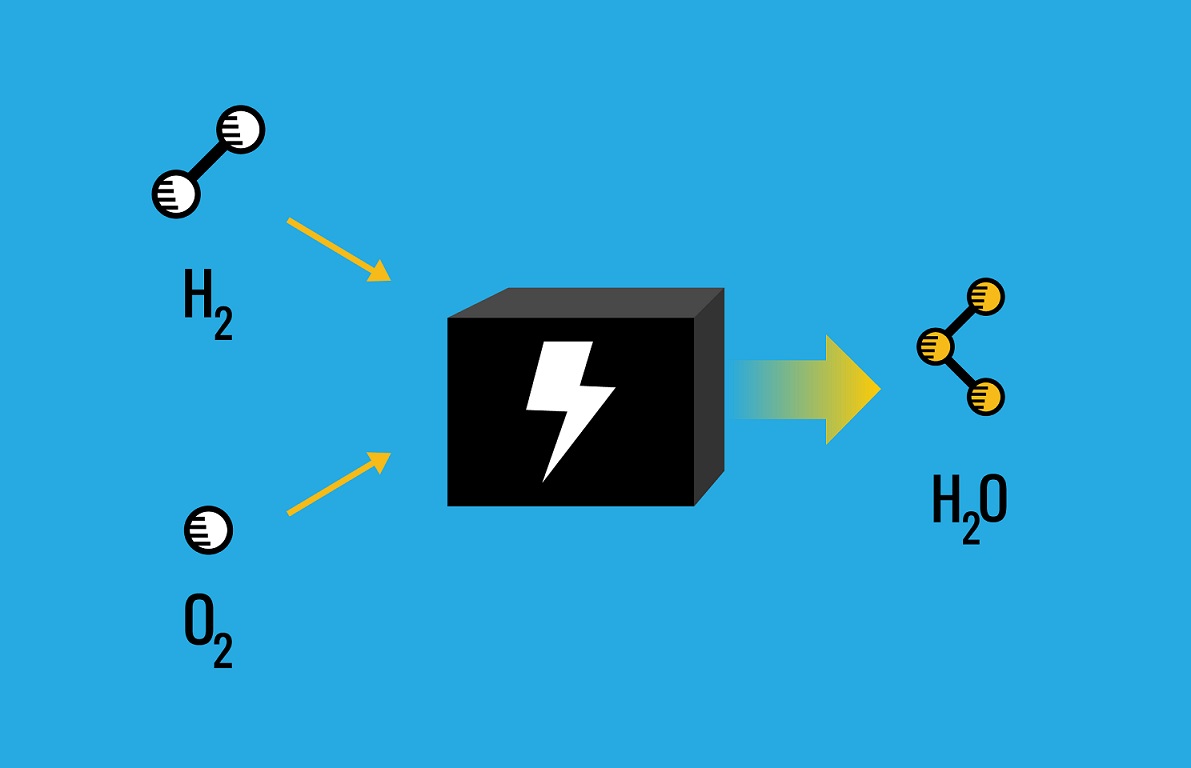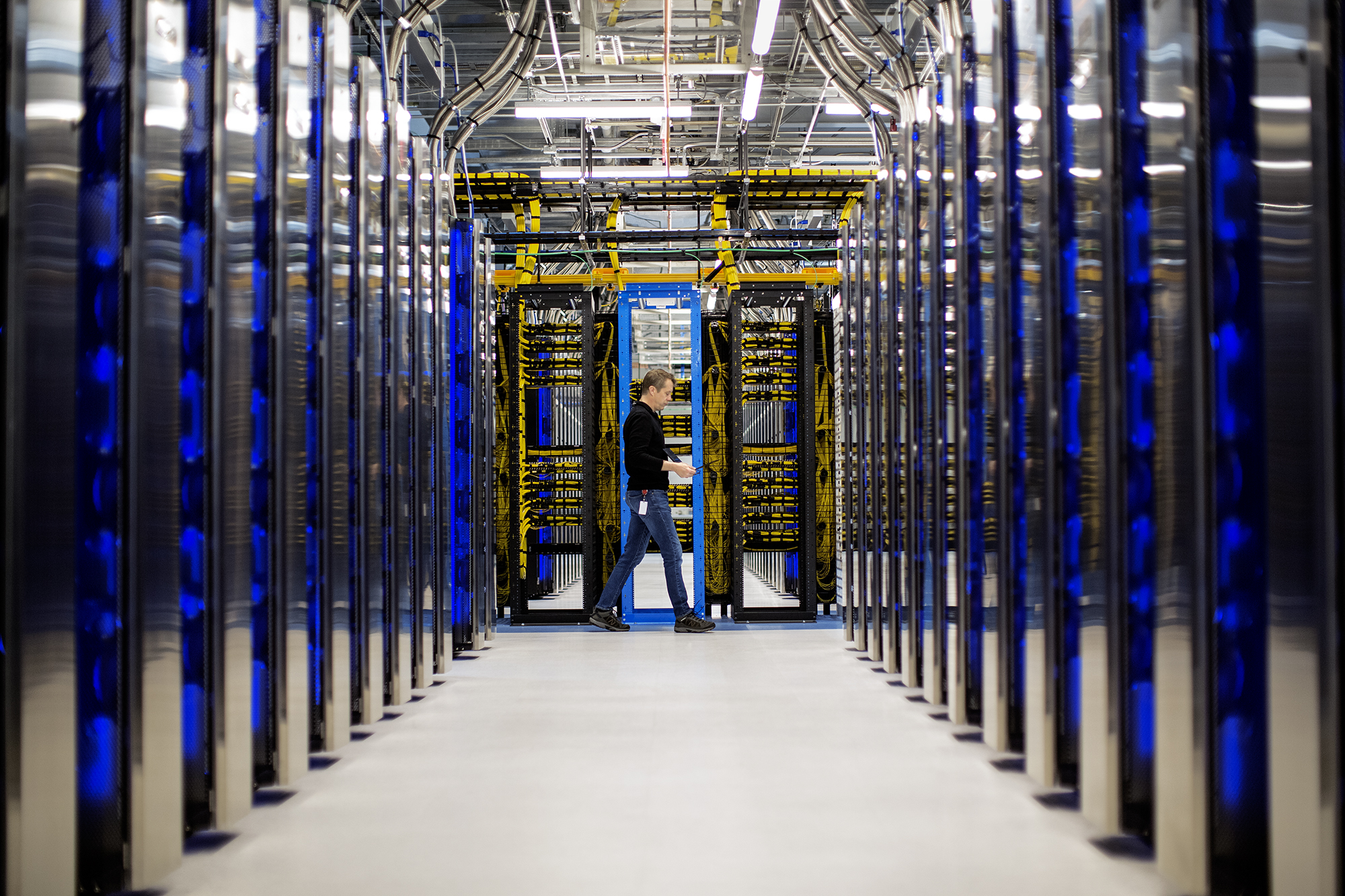With increasing climate change and environmental depreciation, companies around the world are looking for ways to become more environmentally friendly. A significant part of that includes power generation from green resources. Microsoft, following this trend, is trying to go Carbon-neutral by the year 2030. In their plan to do so, they intend to replace conventional diesel backup generators with advanced hydrogen fuel cells.
Microsoft successfully used hydrogen to back up a part of their data center to validate this idea. They kept this part of their data center online on power from hydrogen cells for 48 hours continuously. Currently, we only obtain hydrogen from fossil fuels, and there are no cost-effective methods to produce it synthetically. Hence it is only feasible to use hydrogen cells as backup storage for now.
Also read: Microsoft releases a tool to track down Coronavirus
Data centers are extensive facilities that house large amounts of servers along with other computing and telecommunication hardware. These servers are the backbone of most of our online services, as well as applications. They also contain daily or hourly backups from critical financial institutions. Therefore a continuous power supply is vital for such establishments. Even a small power fluctuation will cause memory wipe of let’s say a bank’s entire financial record.

That is why datacentres always have a contingency plan in case of any kind of failure. After all, broadly speaking, these machines store all of the Internet. They make what we know as cloud storage. They might host your website, store images of your favorite online store, or even host matches of your online games.
In the case of Microsoft, now a small part of their carbon emissions was backup power for their data centers. Primarily because of the current backup power standard, Diesel generators. However, Microsoft uses these generators on relatively rare occasions. They still make up for 1 percent of their emissions. Also, since these are used for backup, they are a perfect starting pint for deploying new technology.
Microsoft’s plans :
Equipping the majority of datacentres with hydrogen fuel cells is not a small project. However, it does have some associated benefits that come with it. Talking about these future plans, Microsoft said that “Azure datacenter outfitted with fuel cells, a hydrogen storage tank, and an electrolyzer. Which converts water molecules into hydrogen and oxygen could be integrated with the electric power grid to provide load balancing services. Hydrogen-powered long-haul vehicles could (also stop) at data centers to fill their tanks.”
Microsoft’s data centers are distributed around many vital locations in the US for better connectivity, and the last idea seems most feasible. These could power some of the continental US transport in the future. The other one is something similar to what Tesla battery farms are already doing. These facilities, owned by Elon Musk, store renewable energy for small time periods. Later on, they feed it back to the system at peak demand hours.

This method will soon be adopted by most of the power companies around the globe. It cuts down on consumer costs and the use of fossil fuels. Also, Since these fuel cells produce water, they are a better alternative to fossil fuels because there are no harmful emissions.
Microsoft estimates about 300 seconds per year on a hydrogen-based backup system. The time-division right now is about 30 seconds of battery power, with 4 minutes of backup power by a diesel generator. While that may seem a very small power shortage, think about what it might do to our services. Imagine your bank transactions or major sports broadcasts delayed by four whole minutes.


